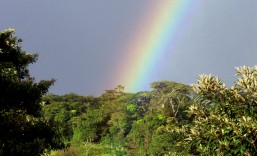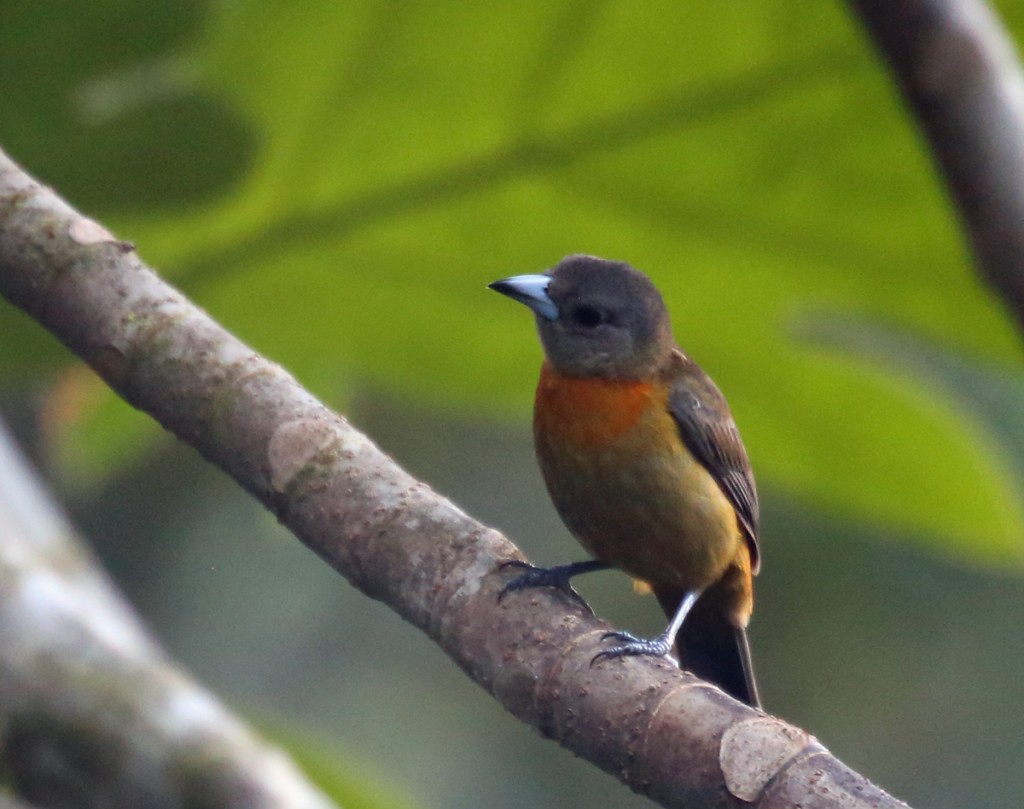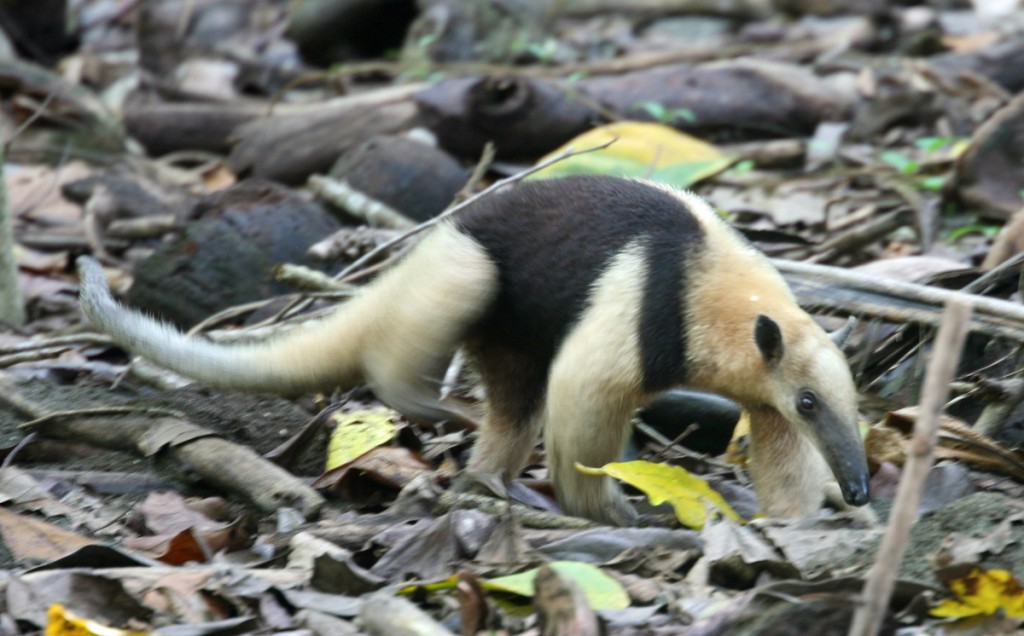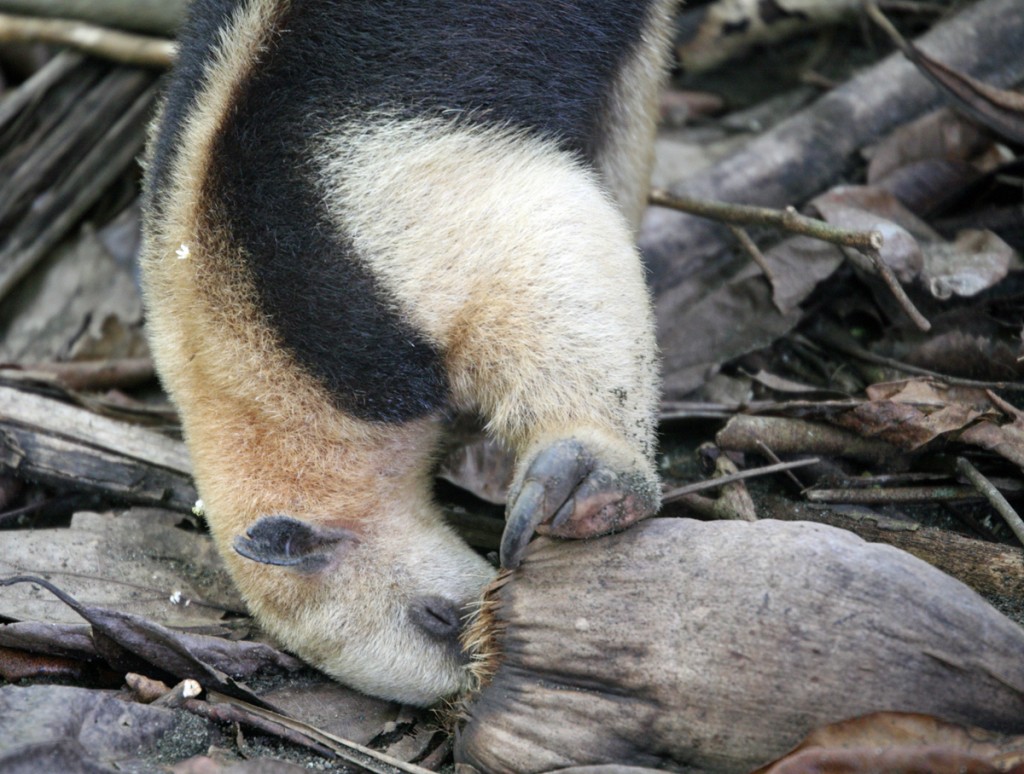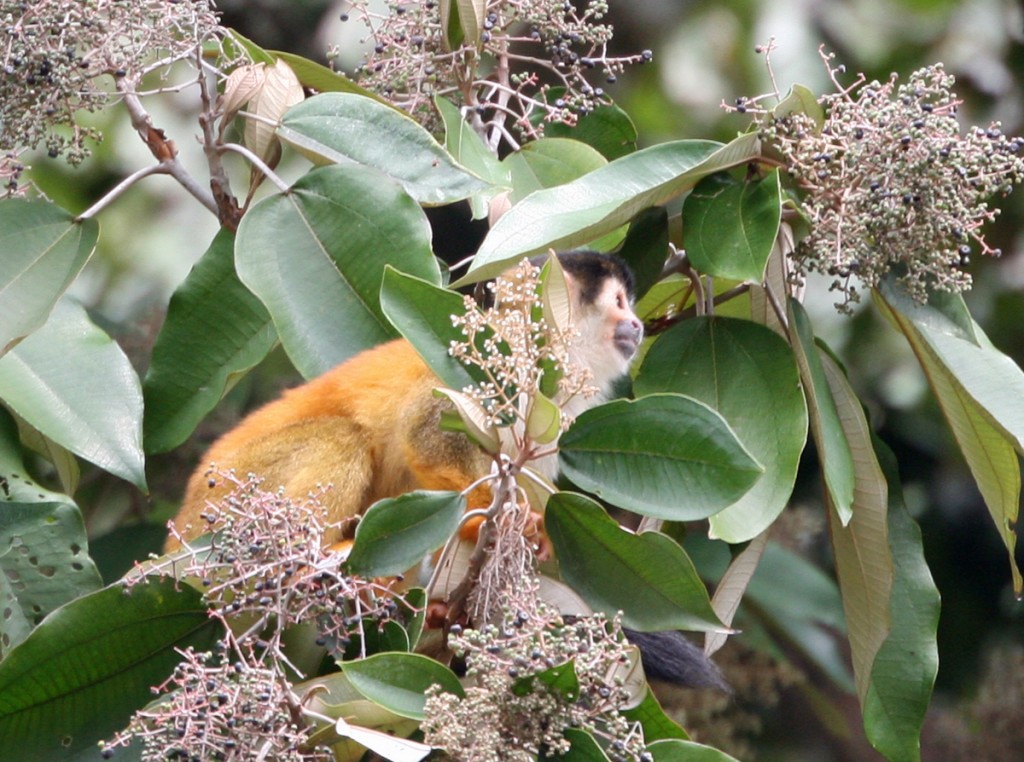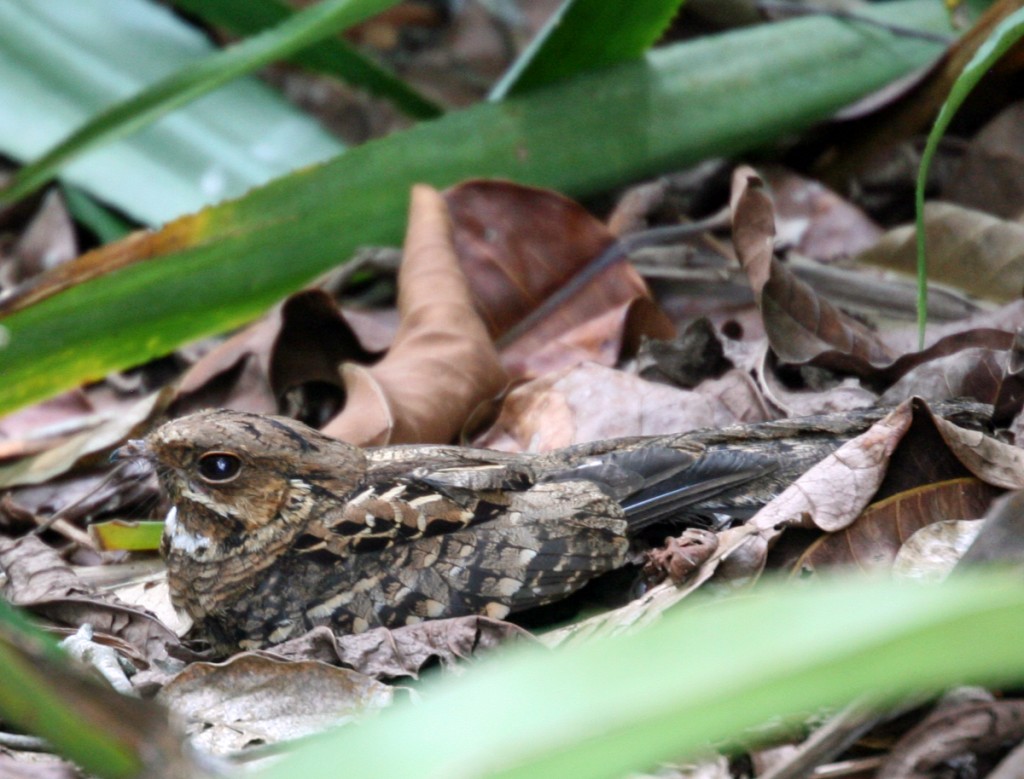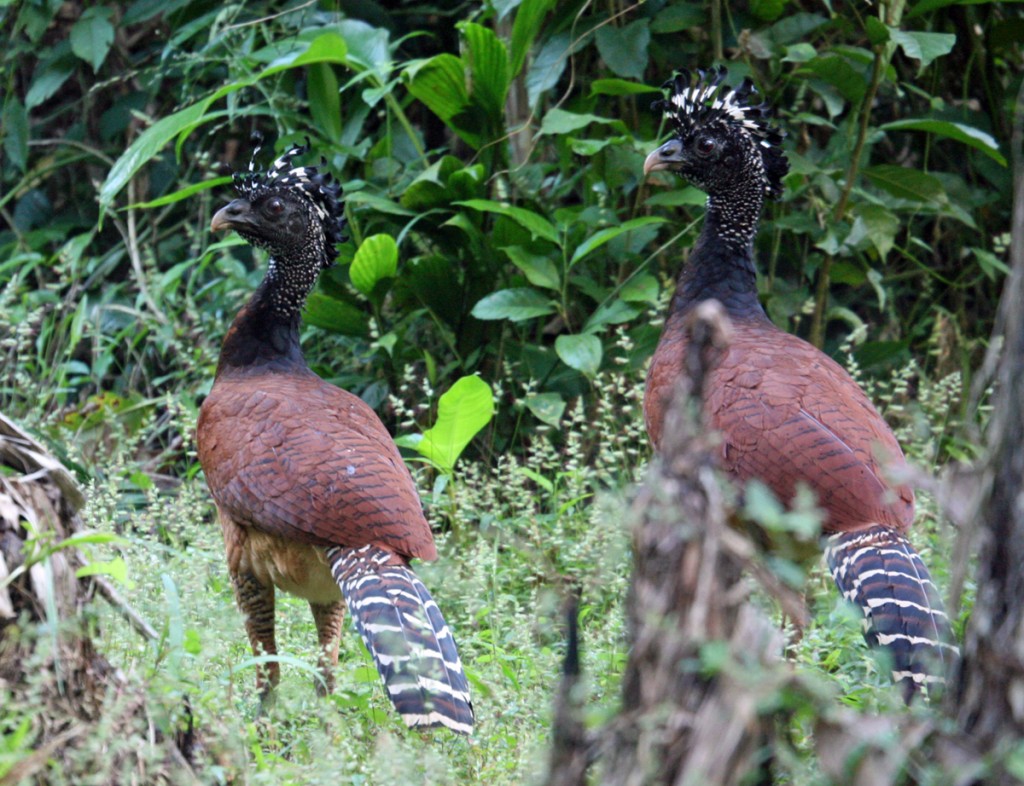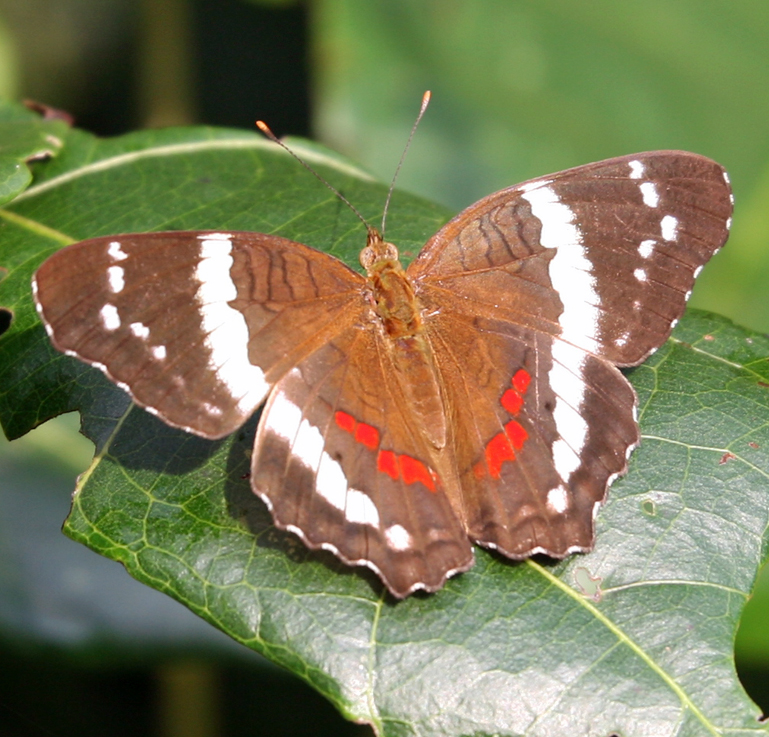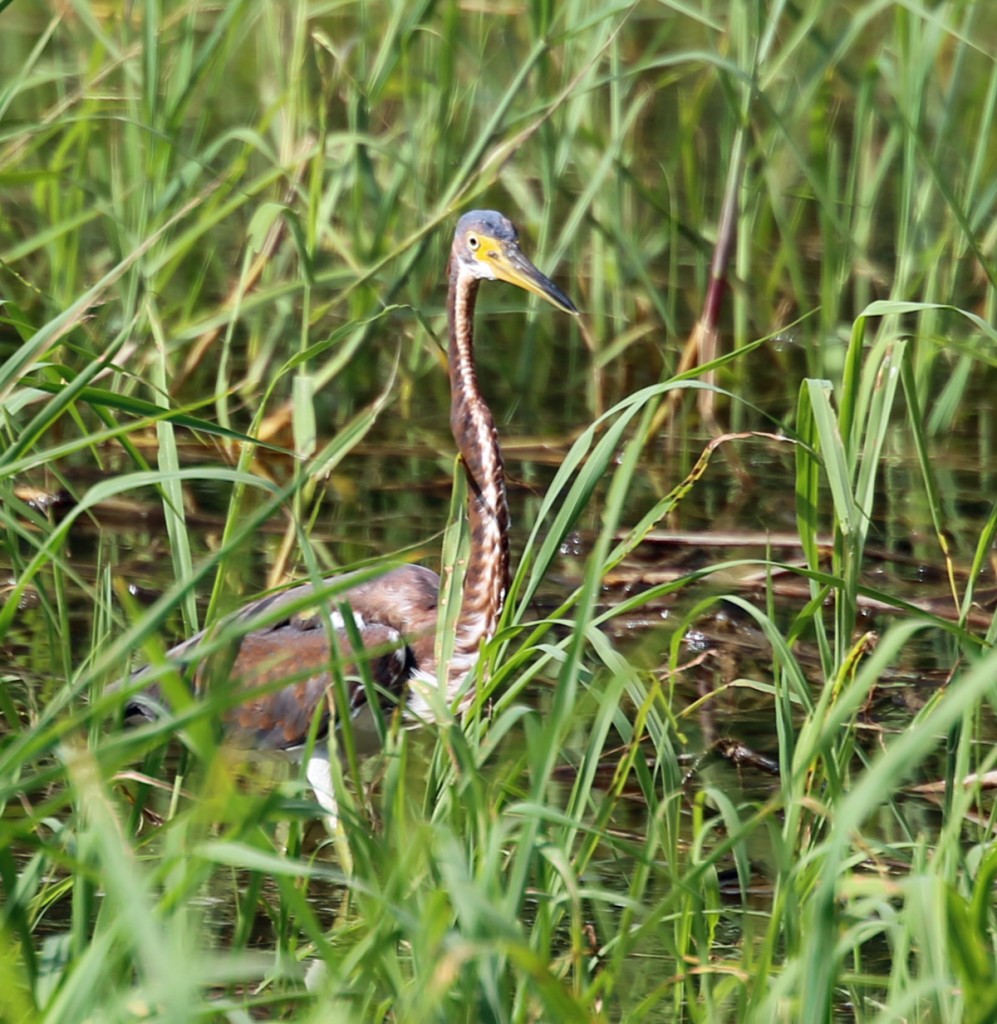Yesterday, I became so wrapped up in my work that I entirely forgot to post a Costa Rican wildlife. This morning, when I realized my lapse, it reminded me how easy it let the business of living distract my attention from the beautiful life of the natural world. This sweet little bird is a female Cherrie’s Tanager (Ramphocelus costaricensis). Perhaps not as flashy as the shiny black males of the species that sport a bright red rump, yet quite lovely hooded in a dusky gray-brown, with a rust-orange throat and amber breast.
All media is copyright costaricawildlife.net, 2013.
